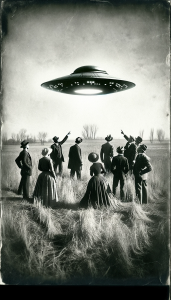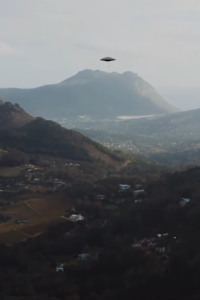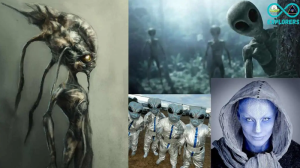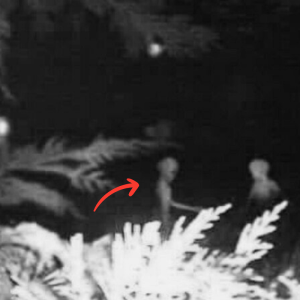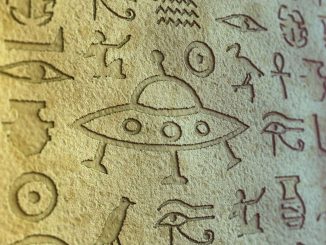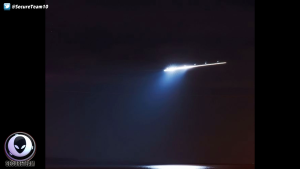In the annals of UFO (Unidentified Flying Object) encounters, governments worldwide have played a pivotal role in studying these mysterious phenomena. This exploration delves into the multifaceted involvement of governments in understanding the purposes and intentions behind UFO sightings, unveiling the complex tapestry that intertwines official investigations, public curiosity, and the persistent air of myterity surrounding these enigmatic occurrences.
I. Government Investigations: Decoding the Unexplained

a. Project Blue Book and Beyond: The United States Air Force’s Project Blue Book, initiated in the 1950s, stands as one of the most famous government-led investigations into UFO sightings. Although officially closed in 1969, it marked the beginning of systematic efforts to study and document unexplained aerial phenomena. Other nations, including France and the United Kingdom, have similarly conducted investigations to demystify UFO encounters.
b. Official Statements and Declarations: Governments often issue official statements in response to UFO incidents, attempting to offer plausible explanations or, in some cases, confirming the unexplained nature of certain sightings. However, the challenge lies in deciphering the true intentions of these unidentified objects and the extent to which governments themselves understand their origins.
II. Military Involvement: Defending Against the Unknown

a. National Security Concerns: UFO sightings sometimes involve military encounters, prompting concerns about national security. Governments, particularly those with advanced aerospace capabilities, intensify their scrutiny of UFO incidents to discern potential threats and safeguard their airspace.
b. Advanced Technologies or Alien Craft? The challenge for governments lies in distinguishing between advanced military technologies and potential extraterrestrial visitations. The race to understand and replicate advanced aerospace capabilities adds a layer of complexity to the study of UFOs.
III. Public Perception and Disclosure Efforts
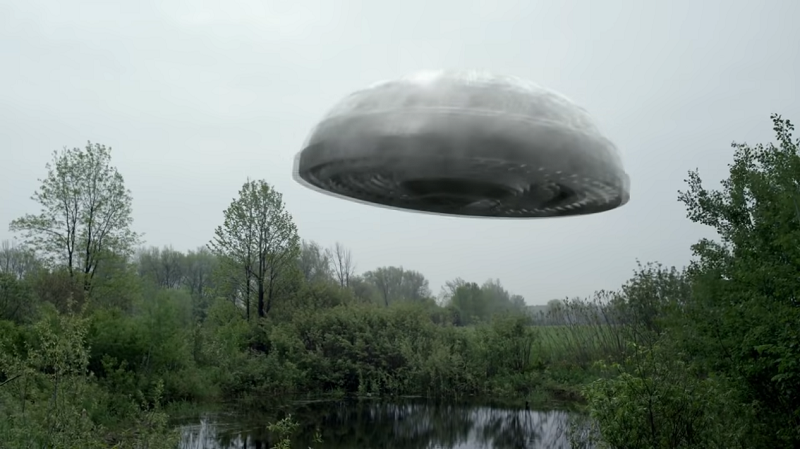
a. Balancing Transparency and Secrecy: Governments walk a tightrope between transparency and national security concerns when it comes to sharing information about UFO encounters. Striking the right balance becomes crucial to foster public trust and address the persistent myterity surrounding UFO phenomena.
b. The Power of Declassification: Governments occasionally declassify documents related to UFO encounters, shedding light on historical incidents. However, the selective release of information raises questions about the true extent of government knowledge and the reasons behind certain details remaining classified.
IV. Myterity and Alien UFO

a. Unanswered Questions: Despite decades of government investigations, the myterity surrounding UFOs endures. The unanswered questions surrounding the origins, intentions, and purposes of these unidentified objects continue to fuel public fascination and speculation.
b. The Quest for Truth: As governments grapple with the complexities of UFO encounters, the quest for truth remains ongoing. The acknowledgment of the unknown and the willingness to engage in open dialogue contribute to the ongoing exploration of the myterity shrouding alien UFOs.
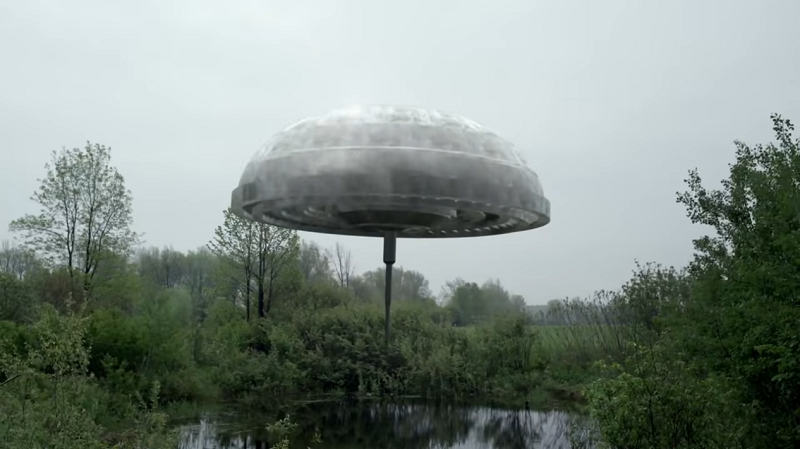
The role of governments in studying UFO purposes and intentions encompasses a complex interplay of investigations, military considerations, public disclosure, and the enduring myterity that surrounds these enigmatic phenomena. As humanity navigates the intricate realm of the unidentified in our skies, the collaboration between governments, scientific communities, and the public becomes paramount in unraveling the mysteries that persist, pushing the boundaries of our understanding of the cosmos.

